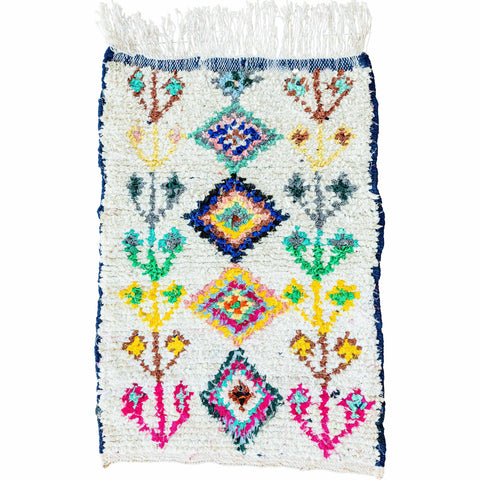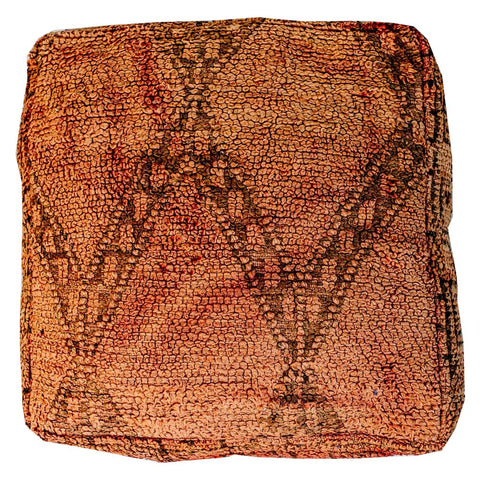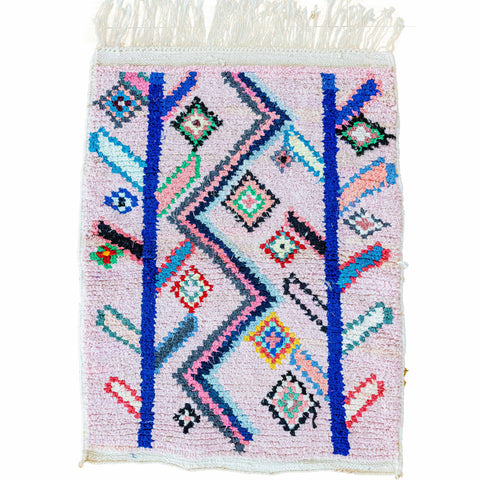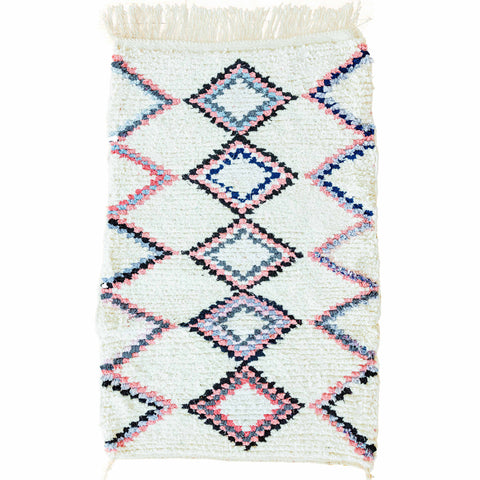How to Choose Colors for Your Home Like an Interior Designer

Crafted by Berber artisans. Curated by decor enthusiasts
Choosing the colors for your home sounds like an easy task, but it isn't. It's challenging to find a balance between your personal preferences and what looks good. Sometimes, a designer's eye is needed to see where the opportunity for a magical combination of colors is hiding.
While interior designers are creatives at heart, they also know some foundational rules for making a room look great. Here are some practical tips to help you select colors for your home like an interior designer.
Use a Color Wheel
Everything a designer knows stems back to the basic color wheel everyone learns as children. A color wheel is a tool that showcases all the basic colors as they relate to one another— in essence, purple between red and blue, across from its main contrast, orange.
Color wheels are the foundation for determining what colors complement and contrast one another. If you have a starting color in mind, you can use this to find out which other colors you should use with it.
Fortunately, you don't need a handheld color wheel and years of design training to figure out your decor palette. There are several tools available online that show contrast, complements, monochromatic schemes, etc., for you to pick from. You can also use a graphic design tool like Canva's color palette generator to do the work for you.
Stick with 60-30-10
The 60-30-10 rule is a framework designers use to determine how much color will be used in the decor. Take the kitchen, for example. You may determine that you want antique white to be the dominating color, with a soft gray as a supporting shade and pops of yellow as an accent.
In the same vein, white kitchen cabinets can provide a classic and clean look toy your kitchen, making it feel more spacious and bright.
Using the 60-30-10 rule creates a hierarchy in your design scheme and prevents accent colors from taking over. Many designers use this rule to find balance in their designs.
Choose a Source of Inspiration

If you're at a loss for inspiration, select a piece of art, textile, or furniture to build the room around. Your desire for the kitchen above may stem from your Grandmother's yellow teapot. You might decide to build your living room around a photo from your favorite vacation.
Choosing a source of inspiration will help you build a color palette that has a deeper meaning. It can also direct your overall theme and atmosphere when putting together a room.
Make Small Spaces Stand Out
Consider how you can make small spaces— shelves or wall insets— into something bright and beautiful. These areas are the perfect place for a bold accent color to make the room look more spacious.
Consider Transition Spaces
Finally, don't forget about your transition spaces— open doorways or halls that lead from one room to the next. Consider how you can use these spaces to create continuity throughout your home, and always test how your new colors will look with the existing colors in connecting rooms.
With these simple tips, you can create a designer-inspired color palette that makes your home look elegant, fresh, and personal.

































